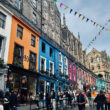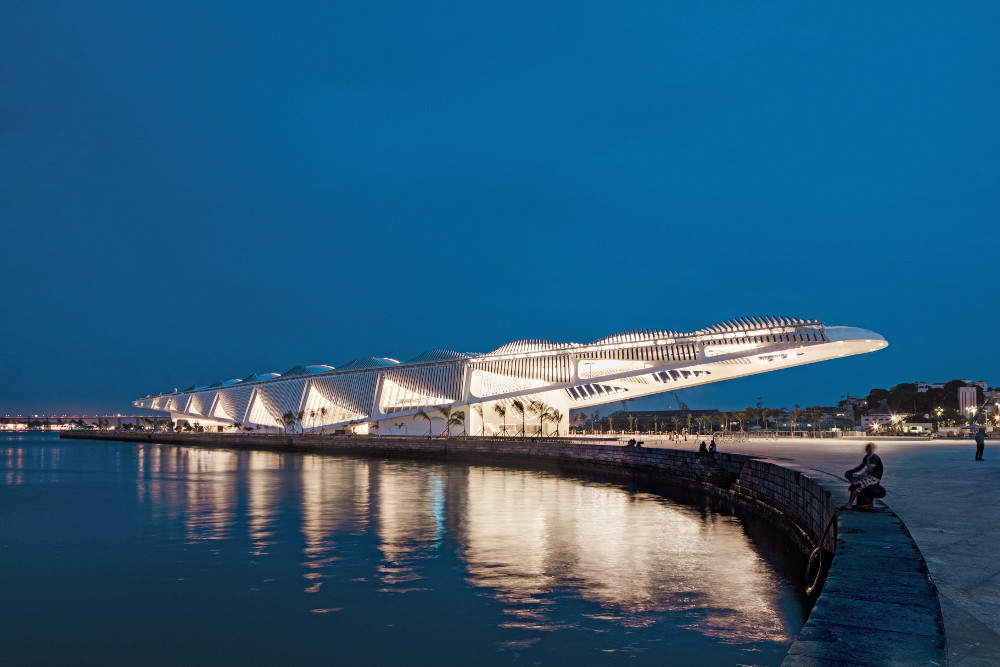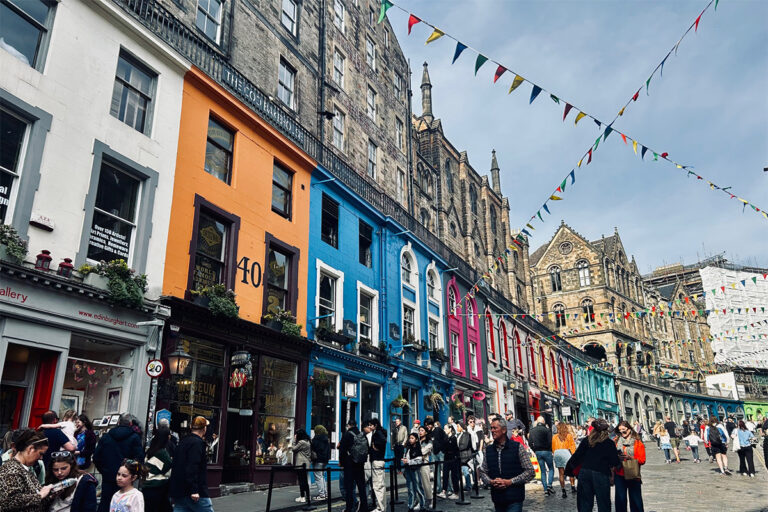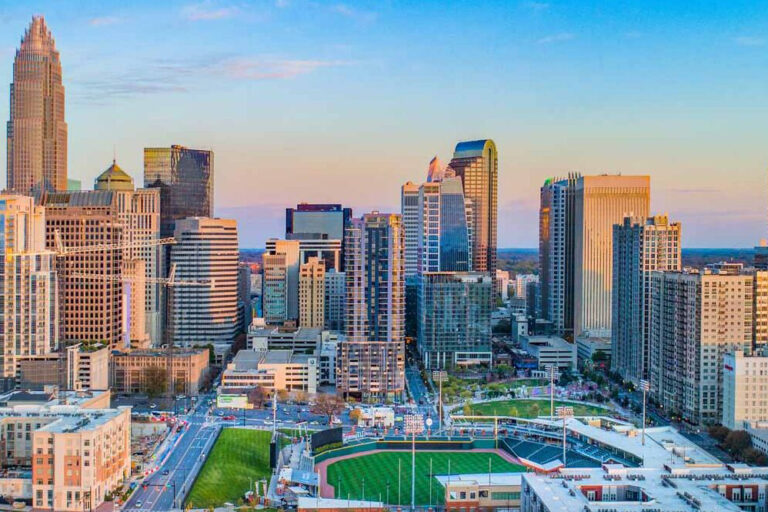In October 2009, people partied in the streets, carioca-style, to celebrate Rio’s winning bid for the 2016 Summer Olympics. Then, just months later, in April 2010, floods and mudslides devastated parts of the city and the surrounding state, leading Mayor Eduardo Paes and his team to rethink how Rio could be better run.

By the end of 2010, after reaching a ground-breaking agreement with IBM, Paes opened the city’s integrated operations center, bringing together 30 municipal agencies under one roof to enable Rio to react in a smarter way to every eventuality, from extreme weather to power blackouts. Now, as Rio readies for this summer’s Olympic Games, Paes is helping oversee the completion of no less than 27 legacy projects, from urban transportation to education, that will provide benefits for the city’s residents long after his second term ends in December.
“We are delivering 150 kilometers of bus rapid transit system, 26 kilometers of light railway train, and 20 kilometers of subway,” Paes says. “This has made the city more socially integrated. We have also rehabilitated underprivileged areas, like Porto Maravilha, via a public-private partnership. It has made a huge change, building connections between downtown Rio and Guanabara Bay.”
“Rio is fast becoming the leading global city in South America.” Eduardo Paes, Mayor, Rio de Janeiro
Global illumination giant Philips Lighting has been involved in many of the major projects that have changed the face of Rio in recent years. Philips’ CityTouch smart LED street lighting—which, fittingly, was included on the list of 100 top sustainable solutions at the Rio+20 United Nations Conference on Sustainable Development, held in the city in 2012—is just one of the improvements introduced by the Porto Novo Concessionaire to connect and control street lights in the revitalized Porto Maravilha neighborhood.
“Porto Novo is using CityTouch for the whole system,” says Yoon Kim, country manager lighting at Philips Lighting Brasil. “It allows them to manage light and use the right amount of energy at every moment of the day.”
Another installation benefiting from Philips Lighting’s expertise is the upgraded Elevado de Joá raised highway that runs along the city’s coastline, connecting the South Zone to Barra da Tijuca. Philips is delivering a combination of 1,400 LED and conventional light units to illuminate the bridges and tunnels along a 10-kilometer stretch.
“Lighting that can be controlled can help rejuvenate urban areas.” Sergio Villalón Antuñano, Senior VP and GM, Philips Lighting Latin America
Almost half the 145-kilometer Arco Metropolitano highway project, which will connect the five main highways that cross Rio de Janeiro by mid-2017, will be lit by more than 4,000 solar-powered LED lights provided by Philips Lighting: “It is completely off the grid and requires very limited maintenance, just cleaning the solar cells,” notes Sergio Villalón Antuñano, senior vice president and general manager of Philips Lighting Latin America. “As a result, the city did not have to install electricity infrastructure along 71 kilometers of roadway.”
But perhaps the most visible showcase for Philips Lighting’s solutions in Rio de Janeiro is the Museum of Tomorrow. Focusing on futuristic themes like sustainability and climate change, the museum, designed by Spanish architect Santiago Calatrava, opened its doors last December in Rio’s regenerated port district.
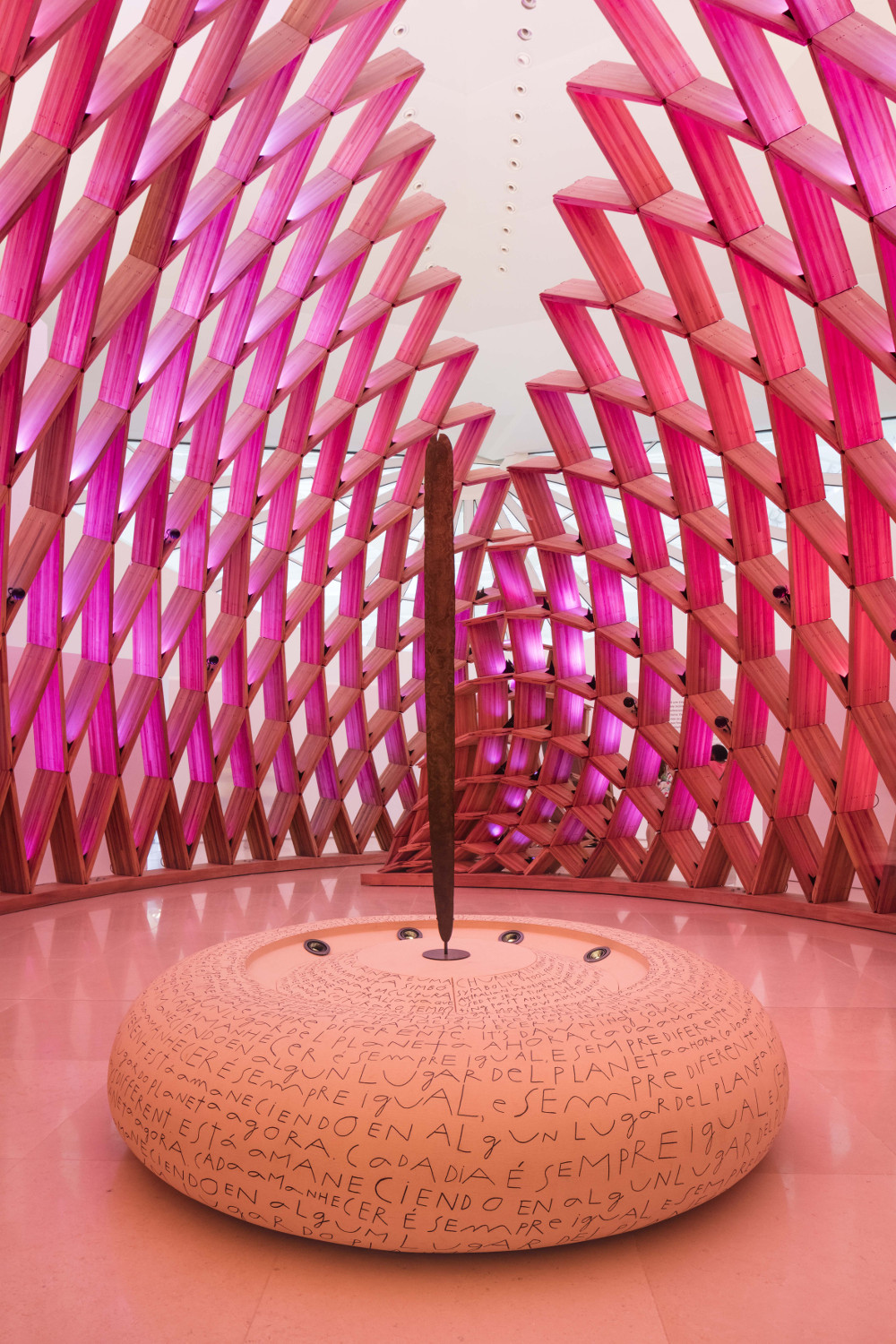
The breathtaking building has a cantilevered, curvaceous exterior, cut through with louvres that let light from the inside flood out. This allows it to make the most of the possibilities offered by Philips Lighting’s Color Kinetics architectural lighting system: “It has a beautiful façade that uses our technology to change color,” Villalón Antuñano says. “It not only helps attract visitors, but shows how lighting has evolved.” ![]()


